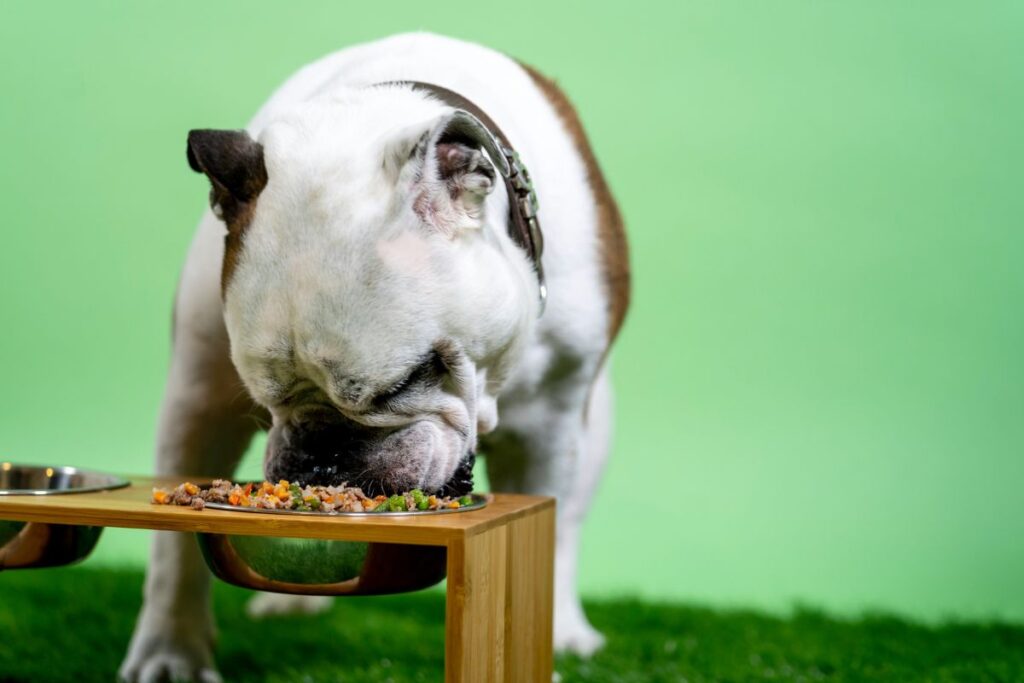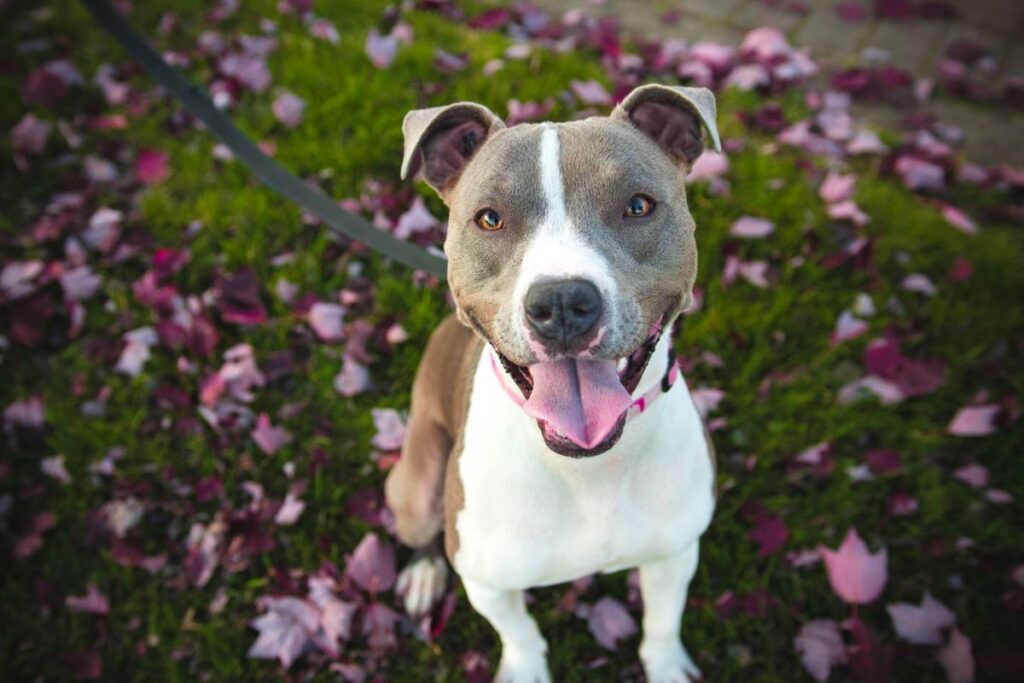Are you curious about the best diet for your furry friend? As a responsible dog owner, you want to ensure your canine companion is not just happy but also healthy.
One trending approach to pet nutrition is the raw food diet. So read on to explore canine cuisine, specifically focusing on nutrient-rich raw food picks that can elevate your dog’s well-being.
1. Raw Meat: The Foundation of Canine Health

When it comes to raw food for dogs, nothing beats the nutritional powerhouse of raw meat. Rich in protein, essential amino acids, and natural enzymes, raw meat mimics the diet of your dog’s wild ancestors. By selecting 80 10 10 raw dog food, you can provide your canine companion with a balanced and nutritionally canine cuisine and sound diet. This feeding ratio, consisting of 80% muscle meat, 10% organ meat, and 10% bone, aligns closely with the natural proportions of a prey-based diet for dogs. Whether it’s beef, chicken, or lamb, including raw, unprocessed meat in your dog’s diet can enhance muscle development, promote a shiny coat, and support overall vitality.
2. Organ Meats: Nature’s Multivitamin for Dogs
Organ meats are a crucial component of a balanced raw food diet for dogs. Liver, in particular, is a canine superfood, packed with vitamins A, B, iron, and copper. Heart and kidney add to the nutrient mix, supplying your dog with essential minerals like zinc and selenium. These organ meats not only contribute to a well-rounded nutritional profile but also offer a taste variety that your dog will find irresistible.
3. Raw Bones: Dental Health and More

Contrary to popular belief, raw bones are not just a treat for your dog – they are a nutritional necessity. Raw bones provide essential minerals like calcium and phosphorus, crucial for maintaining strong bones and teeth. Additionally, the act of gnawing on raw bones promotes dental health by reducing plaque and tartar build up. Introduce bones of appropriate size and type to ensure both entertainment and nutritional benefits for your furry friend.
4. Vegetables and Fruits: Adding Fiber and Vitamins
While meat is the cornerstone of a raw food diet, don’t overlook the benefits of incorporating vegetables and fruits. These plant-based additions contribute fiber, vitamins, and antioxidants to your dog’s diet.
Leafy greens like spinach and kale, along with carrots and berries, offer a spectrum of nutrients that support immune function, aid digestion, and contribute to overall well-being. Chop them into small, manageable pieces or blend them into a tasty puree to make them a more palatable canine cuisine for your pooch.
5. Supplements: Enhancing Nutritional Adequacy
While a raw food diet lays a solid foundation, consider supplementing to ensure complete nutritional adequacy. Omega-3 fatty acids, commonly found in fish oil, can support your dog’s coat health and reduce inflammation. Additionally, a well-formulated canine probiotic can aid digestion and promote a healthy gut microbiome, contributing to overall immune system function.
- Calcium and Phosphorus Balance: Ensure your dog’s raw food diet maintains the proper ratio of calcium to phosphorus, crucial for bone health. If necessary, consider a calcium supplement to meet their specific requirements, especially for breeds prone to skeletal issues.
- Vitamin D for Absorption: While sunlight is a natural source, some dogs may require additional vitamin D for proper calcium absorption. Discuss with your vet the need for a vitamin D supplement, especially if your dog has limited outdoor exposure.
- Joint Health with Glucosamine and Chondroitin: These supplements are particularly beneficial for breeds prone to joint issues or aging dogs. They support joint function, reduce inflammation, and contribute to overall mobility and comfort.
6. Hydration: A Often Overlooked Vital Element
In the pursuit of crafting a nutrient-rich raw food menu for your dog, don’t forget the importance of hydration. While raw meat does contain moisture, it might not be sufficient, especially for dogs who don’t naturally drink much water.
Consider incorporating wet foods or adding water to dry food to ensure your dog stays adequately hydrated. Proper hydration supports organ function, aids digestion, and is fundamental to your dog’s overall health and well-being.
7. Transitioning Tips: Making the Switch Smooth

Transitioning your dog to a raw food diet requires a gradual approach. Abrupt changes can upset their digestive system. Begin by introducing small amounts of raw food alongside their regular diet, then slowly increase the proportion over a few weeks. Monitor your dog’s reaction, looking for signs of allergies or sensitivities. This gradual transition allows their digestive system to adapt and ensures a smoother shift to the nutrient-rich benefits of a raw food diet.
By incorporating raw meat, organ meats, bones, vegetables, fruits, and supplements, and ensuring adequate hydration, you provide a holistic approach to canine nutrition. As you observe the positive changes in your dog’s energy, coat, and overall vitality, you’ll find reassurance in the knowledge that you are actively contributing to their health.
Remember, every dog is unique, so tailor their diet to meet their specific needs, and enjoy the satisfaction of seeing your furry friend thrive on a diet that aligns with their evolutionary roots.
Images courtesy of unsplash.com and pexels.com













